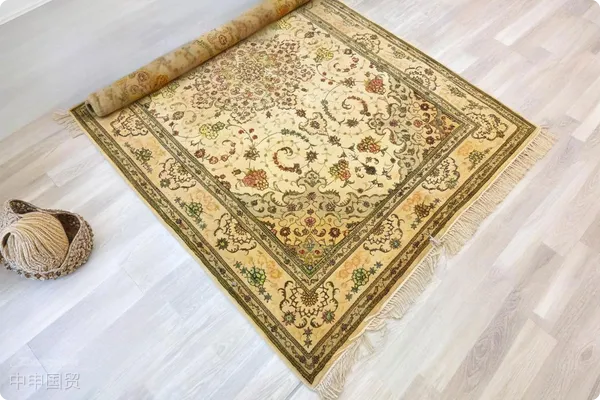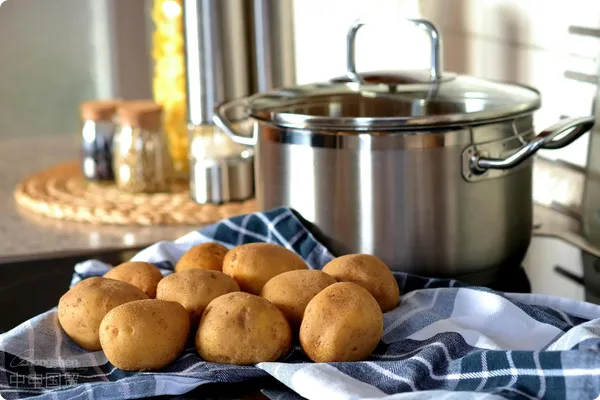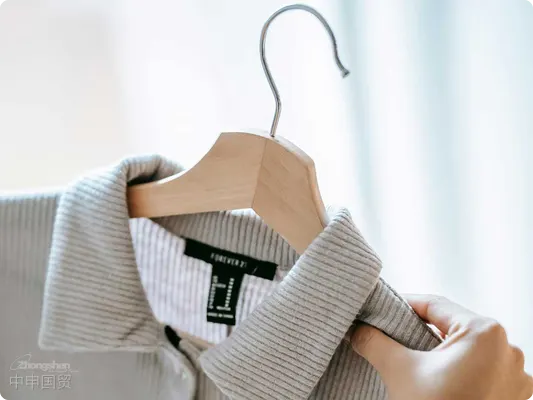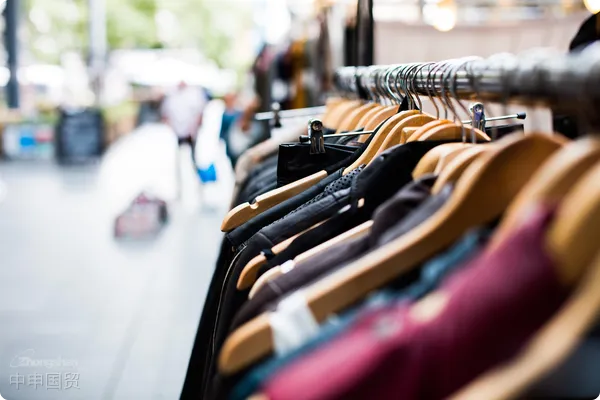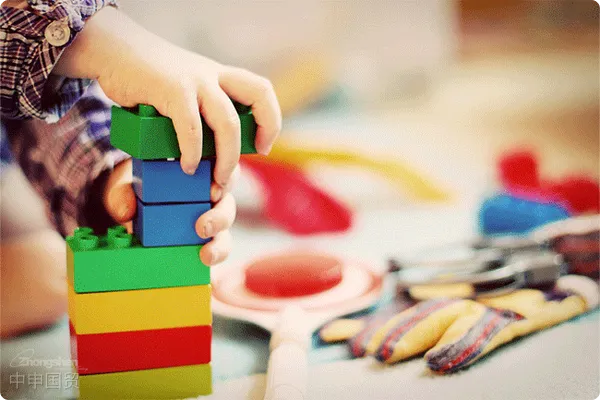- Shanghai Zhongshen International Trade Co., Ltd. - Two decades of trade agency expertise.
- Service Hotline: 139 1787 2118
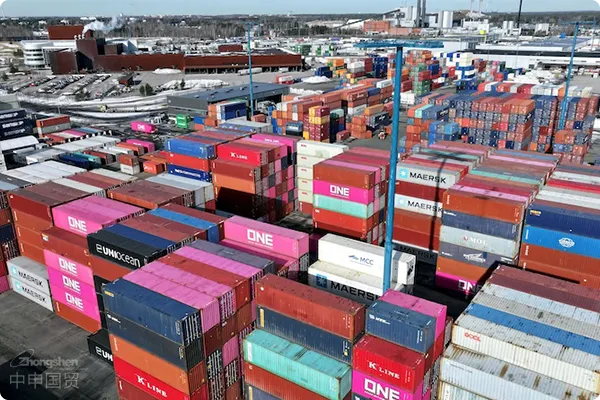
On the grand stage of international trade,Compulsory certificationThe tariff issues related to lamps are the key points that many lamp - exporting enterprises pay close attention to.
I. Overview of the Russian Tariff System
The Russian tariff system is constructed based on various factors such as its domestic economic development needs, trade policies, and the support and protection of different industries. Its tariff rates are usually determined and adjusted by the Federal Customs Service of the Russian Federation according to relevant laws and regulations. For lamp products, the tariff rates vary depending on factors such as the type, function, and material of the lamps.
II. Lamp Classification and Corresponding Tariff Rates
General Lighting Lamps
- For example, traditional incandescent bulb lamps. These more basic lighting lamps may be subject to relatively low tariff rates in Russia. Generally, the tariff may be around 5% - 10%. This is because the technology of such lamps is relatively mature, and Russia also has a certain production capacity domestically. A lower tariff helps to meet the basic domestic lighting needs and also allows for moderate import competition to promote market diversification.
Energy - Saving Lamps (such as LED Lamps)
- With the global emphasis on energy conservation and environmental protection, the share of LED lamps in the international market is increasing. Russias import tariff policy for LED lamps also has certain characteristics. On the one hand, considering its own needs in promoting energy - saving products, in order to encourage domestic energy conservation and the development of green lighting, the import tariff for LED lamps may be relatively favorable. Usually, the tariff rate may be between 3% - 8%. This helps to attract more high - quality foreign LED lamps into the Russian market, meet consumers demands for energy - saving and long - life lighting products, and also enables the domestic related industries to learn from foreign advanced technologies.
Special - Purpose Lamps (such as Stage Lighting Lamps, Medical Lighting Lamps, etc.)
- Due to their strong professionalism and narrow application scope, the setting of tariff rates for special - purpose lamps has different considerations. For stage lighting lamps, since they mainly serve the cultural and entertainment industry, Russias tariff may be formulated according to the development of the domestic cultural industry and the demand for related equipment. Generally, the tariff rate may be around 8% - 15%. And for medical lighting lamps, given their importance in the healthcare field, the tariff may be relatively moderate, probably between 6% - 12%, to ensure that domestic medical institutions can obtain reliable - quality and reasonably - priced imported medical lighting equipment.
III. Other Factors Affecting Tariffs
Trade Agreement
- If the exporting country has signed a free trade agreement or preferential trade agreement with Russia, then the tariffs on lighting products exported to Russia may be reduced or exempted, or enjoy special preferential tariff rates. For example, Russia has special trade arrangements with some member states of the Eurasian Economic Union. The trade of lighting products among member states may enjoy convenience and preferential policies in terms of tariffs, etc. In addition, the bilateral trade agreements between Russia and some other countries may also have an impact on the tariffs of lighting products.
Rules of Origin
- The origin of lighting products also affects tariffs. If the origin of lighting products meets the specific standards stipulated by the Russian customs, for example, the main components are produced and assembled in a country with preferential arrangements with Russia, then the lighting products may enjoy lower tariff treatment. This requires lighting product export enterprises to accurately determine and prove the origin of their products to ensure that they can enjoy the due tariff preferences.
IV. Strategies to Deal with Tariffs
Accurate Product Classification
- Lighting product export enterprises must accurately classify their products. Since the tariff rates of different types of lighting products are different, correct classification can ensure that enterprises pay tariffs according to the correct rates and avoid over - payment or under - payment of tariffs due to misclassification. This requires enterprises to have an in - depth understanding of the product classification standards of the Russian customs. If necessary, they can consult professional customs affairs agencies.
Utilize Trade Agreements and Preferential Policies
- Enterprises should pay close attention to the trade agreements between their own country and Russia, as well as Russias preferential trade policies. If there are eligible preferential policies, they should actively apply for relevant tariff reductions or preferential treatments. This may require enterprises to provide relevant supporting documents, such as certificates, etc., to prove that their products meet the conditions for enjoying preferential policies.It is recommended to verify through the following methods:Optimize the Supply Chain and Cost Structure
- Facing the risk of increased costs brought by tariffs, lighting product export enterprises can optimize the supply chain, such as finding raw material suppliers with lower costs within a reasonable range, or optimizing the production process to reduce production costs. In this way, even after paying tariffs, the products are still competitive in the Russian market.
The tariffs on lighting products exported to Russia are a complex issue, involving factors such as the type of lighting products, trade agreements, and origin. Only by deeply understanding these factors and adopting effective coping strategies can lighting product export enterprises achieve better development in the Russian market.
On the grand stage of international trade, the tariff issue related to the export of lighting products to Russia is a key point that many lighting product export enterprises pay close attention to. I. Overview of the Russian Tariff System The Russian tariff system is constructed based on factors such as its domestic economic development needs, trade policies, and support and protection for different industries. Its tariff rates are usually determined and adjusted by the Federal Customs Service of Russia according to relevant laws and regulations. For lighting products, the tariff rates vary depending on factors such as the type, function, and material of the lighting products. II. Classification of Lighting Products and Corresponding Tariff Rates 1
Related Recommendations
? 2025. All Rights Reserved. 滬ICP備2023007705號-2  PSB Record: Shanghai No.31011502009912
PSB Record: Shanghai No.31011502009912
